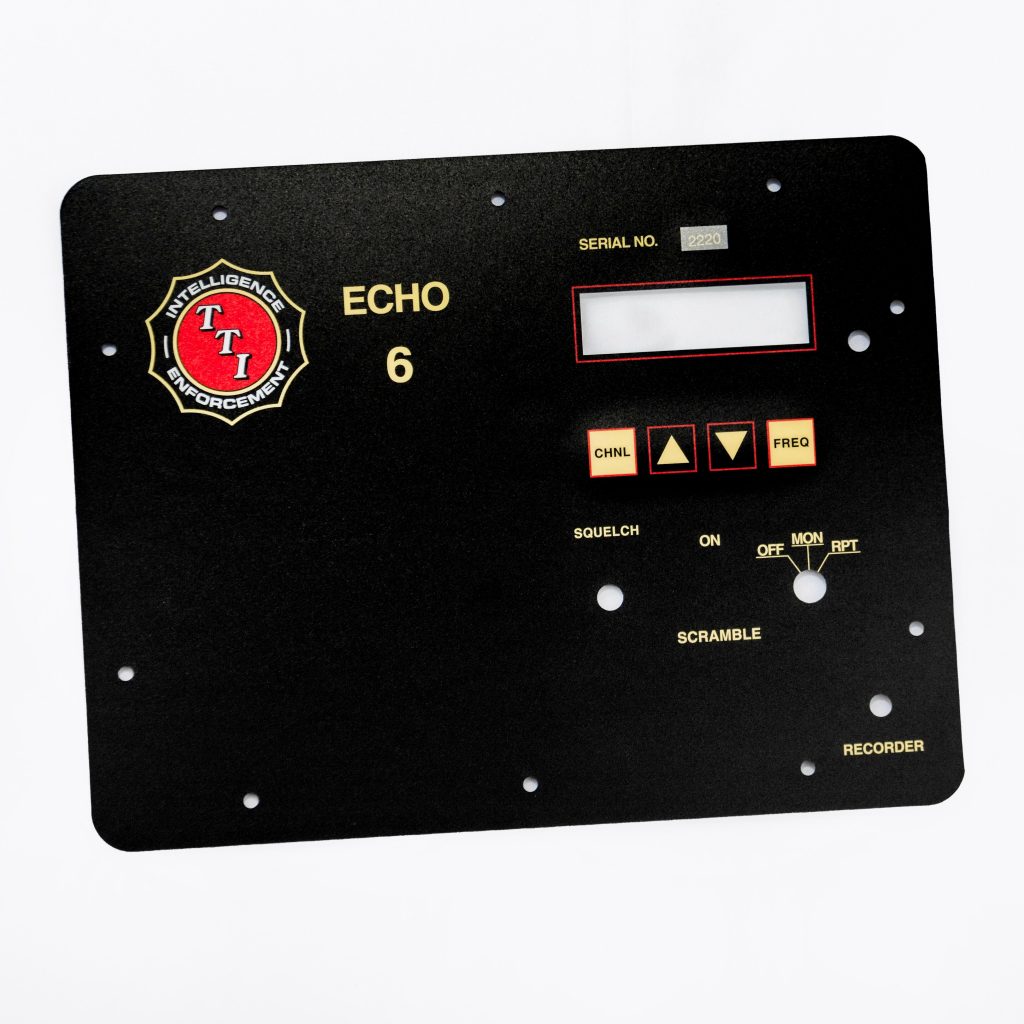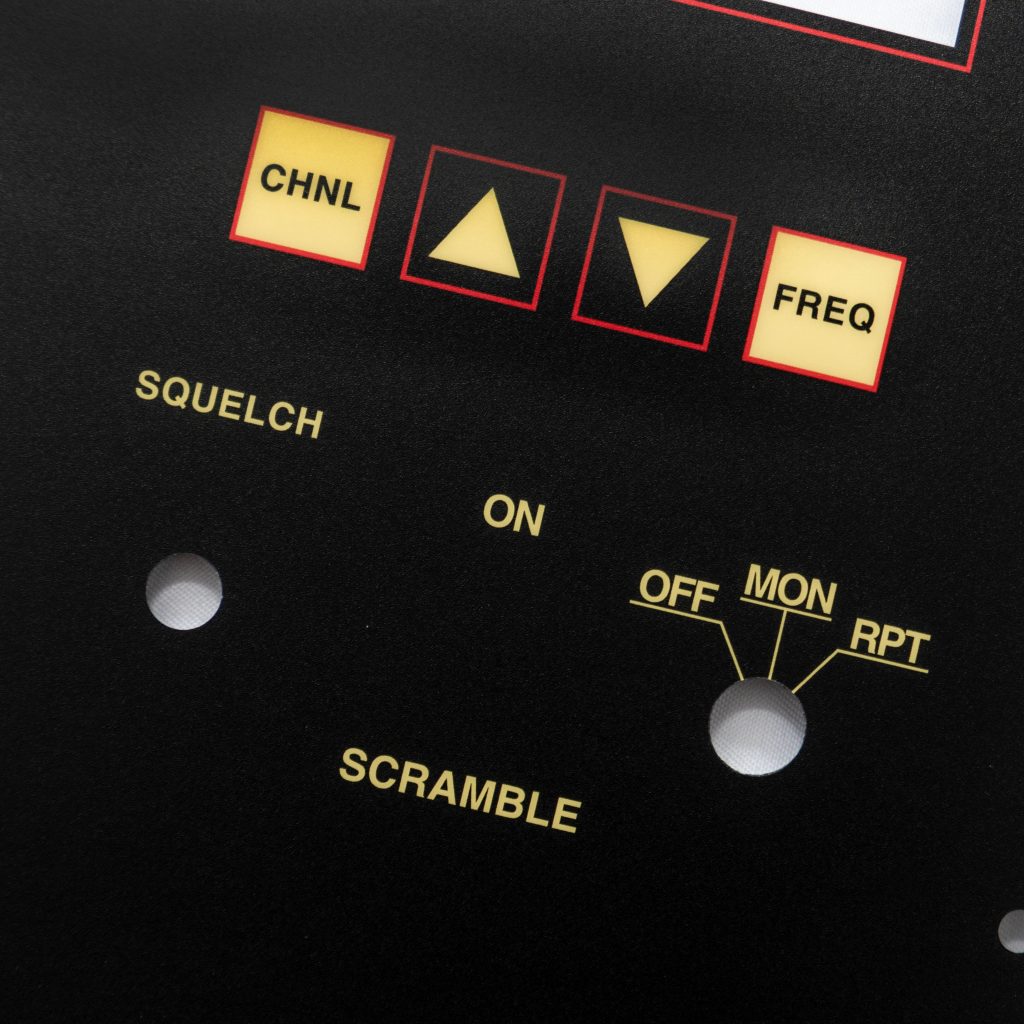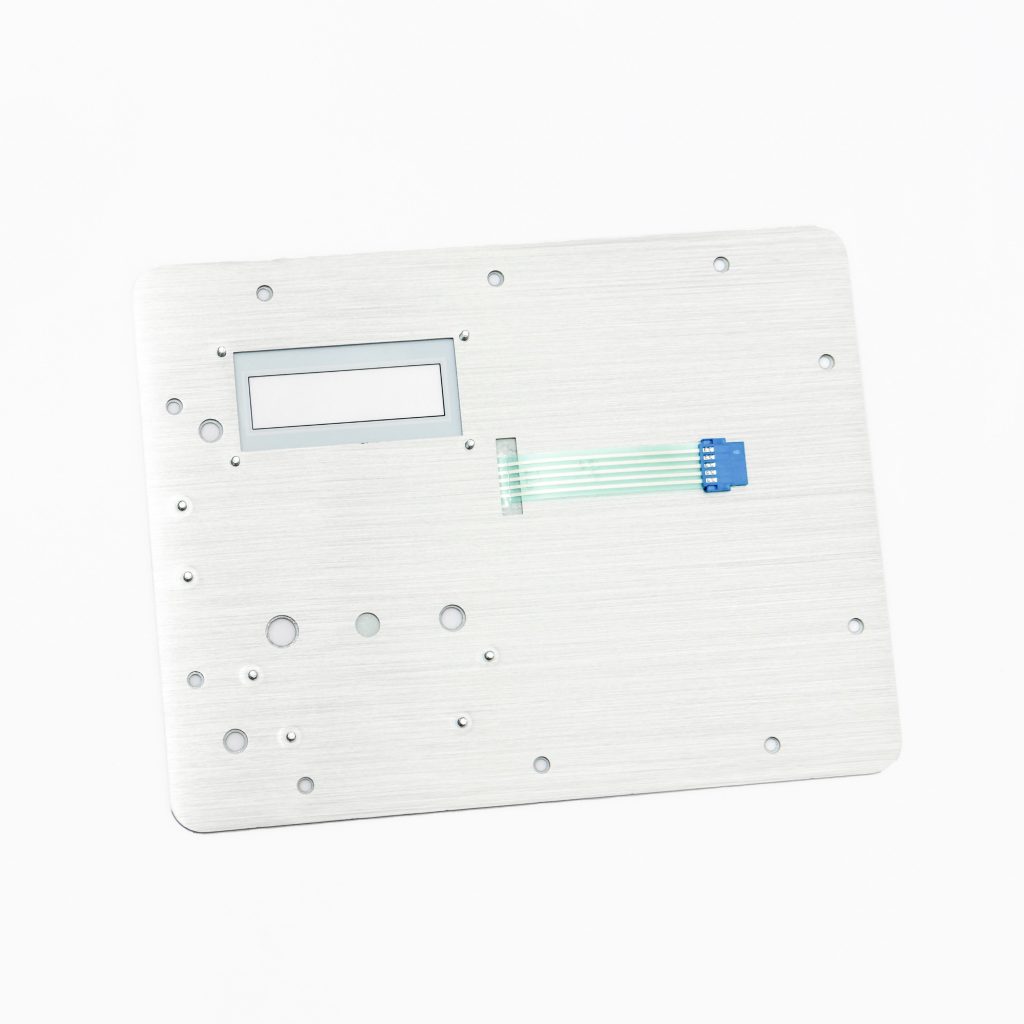Contact
Write to Us And We Would Be Happy to Advise You.
Do you have any questions, or would you like to speak directly with a representative?
By hqt
In the world of electronic devices, membrane switches play a crucial role as a user interface. These thin, flexible, and durable switches have become an integral part of various industries, including consumer electronics, automotive, medical, and industrial applications. Designing a membrane switch involves considering several critical parameters that directly impact its functionality, performance, and cost-effectiveness.



In this comprehensive guide, we will explore the price critical parameters when designing a membrane switch. By understanding these factors, you will be able to make informed decisions and optimize your design for both quality and cost-efficiency.
1. Material Selection
The choice of materials for a membrane switch is vital to its overall performance and cost. The key materials involved in designing a membrane switch include overlay, adhesive, spacer, and circuit layer. When considering the price aspect, it’s essential to strike a balance between quality and affordability. Conduct thorough research to identify cost-effective materials without compromising on durability and functionality.
2. Overlay Thickness
The thickness of the overlay layer significantly affects the tactile feel, durability, and cost of the membrane switch. Thicker overlays offer better resistance to wear and tear, but they also increase the overall cost. Strike a balance between functionality and cost by selecting an overlay thickness that meets the required specifications without exceeding the budget constraints.
3. Circuit Design
The circuit layer is a crucial component of a membrane switch that determines its electrical conductivity and functionality. When designing the circuit, consider factors such as trace width, spacing, and layout complexity. Optimizing the circuit design can lead to cost savings without compromising on performance. Collaborate with experienced engineers to create an efficient circuit layout that meets your requirements within the desired budget.
4. Actuation Force
Actuation force refers to the amount of pressure required to activate a switch. It plays a crucial role in the user experience and can vary depending on the application. Balancing actuation force with cost is essential, as higher actuation force requirements may involve additional components or materials, leading to increased manufacturing expenses. Analyze the specific user requirements and choose an actuation force that aligns with your budget and usability needs.
5. Backlighting Options
Backlighting adds visual appeal and enhances the usability of membrane switches in low-light environments. However, incorporating backlighting can impact the overall cost of the switch. Evaluate the necessity of backlighting for your application and consider cost-effective options such as LED backlighting instead of more expensive alternatives like EL backlighting.
6. Integration with Electronics
Membrane switches often need to be integrated with electronic components such as PCBs (Printed Circuit Boards) or flex circuits. The complexity of integration can impact the manufacturing cost and overall performance of the switch. Work closely with your electronic design team to ensure seamless integration while keeping an eye on the budget. Collaborative design efforts can help eliminate unnecessary complexities and reduce costs.
7. Environmental Considerations
In some applications, membrane switches are exposed to harsh environmental conditions, such as extreme temperatures, moisture, or chemicals. Incorporating environmental protection measures can significantly impact the cost of the switch. Evaluate the level of protection required for your specific application and select cost-effective solutions that meet the environmental standards without compromising performance.
8. Customization Requirements
Customization is often necessary to match the membrane switch with the aesthetics and branding requirements of the product or application. However, extensive customization can increase production costs. Find a balance between customization and cost by identifying essential branding elements and incorporating them strategically while optimizing the manufacturing process.
9. Quantity and Production Process
The quantity of membrane switches required for production plays a vital role in determining the overall price. Large-scale production often leads to cost savings due to economies of scale. Additionally, choosing the right production process, such as screen printing or digital printing, can also impact costs. Evaluate the production volume and select the most cost-effective manufacturing process accordingly.
10. Supplier Selection
Choosing the right membrane switch supplier is crucial for ensuring a high-quality and cost-effective solution. Research and identify reputable suppliers with a proven track record in delivering reliable membrane switches. Obtain multiple quotes from different suppliers and compare them based on quality, price, lead time, and customer reviews. Engaging in open communication with potential suppliers will help you find the best balance between quality and cost.
1. What are the primary advantages of membrane switches?
Membrane switches offer several advantages, including durability, flexibility, compact design, resistance to moisture and dust, and easy cleaning. They provide a reliable user interface solution for various applications.
2. Can membrane switches be used in outdoor environments?
Yes, membrane switches can be designed to withstand outdoor environments. By incorporating environmental protection measures such as UV resistance and sealing, membrane switches can be made suitable for outdoor applications.
3. What is the typical lifespan of a membrane switch?
The lifespan of a membrane switch depends on various factors, including the quality of materials used, operating conditions, and user behavior. Generally, membrane switches can last for several years under normal usage conditions.
4. Can membrane switches be backlit?
Yes, membrane switches can be backlit using different methods such as LED backlighting or EL backlighting. Backlighting enhances visibility in low-light conditions and adds aesthetic appeal to the switch.
5. How can I ensure the membrane switch design meets my specific requirements?
Collaboration with an experienced membrane switch manufacturer or design engineer is crucial to ensure your specific requirements are met. Share detailed specifications, performance expectations, and design preferences to achieve a tailored solution.
6. Are membrane switches cost-effective compared to other switch technologies?
Yes, membrane switches are generally considered cost-effective compared to other switch technologies like mechanical switches. They offer a balance between functionality, durability, and affordability, making them a popular choice in various industries.
Designing a membrane switch involves considering numerous critical parameters to ensure optimal functionality, durability, and cost-effectiveness. By carefully evaluating the material selection, overlay thickness, circuit design, actuation force, and other factors discussed in this article, you can create a high-quality membrane switch that meets your specific requirements while staying within budget.
Remember to collaborate with experienced engineers and suppliers to optimize your design, enhance user experience, and achieve a cost-effective solution. By implementing these price critical parameters, you can design membrane switches that not only perform excellently but also contribute to the overall success of your product or application.
Do you have any questions, or would you like to speak directly with a representative?